Written by Lorraine Wilson, Davis Phinney Foundation Ambassador
All sketches by Lorraine Wilson
As a child, I was subject to the three Rs of reading, ‘riting, and ‘rithmetic. As a teen, I tried to live by the environmental reminders to reduce, reuse and recycle. Both trios have their place in life; however, as an adult with Parkinson’s, I propose we seek a new set of Rs in our heavily scheduled lives; actions that will help us reduce day-to-day stresses. They are relax, reflect and revitalize.
What? You say there’s no easy way to do that? Well, I beg to differ.
Exercise, for one, addresses these three Rs, but that’s for another day. Right here and right now I present to you the small but mighty sketchbook.

A typical sketchbook is about 5” x 7” and contains blank pages waiting for your creative input. Can drawing really help when the future you envisioned is altered because Parkinson’s barged in, and when you’re adjusting to strange motor symptoms and new meds and their side effects? The answer is “yes!”
The process of drawing releases dopamine and there’s evidence that persons taking dopaminergic medications exhibit greater creative thinking. Drawing, like crossword puzzles or sudoku, may strengthen concentration and memory all while making “your brain better and happier”. So, pick up that sketchbook and go for it!
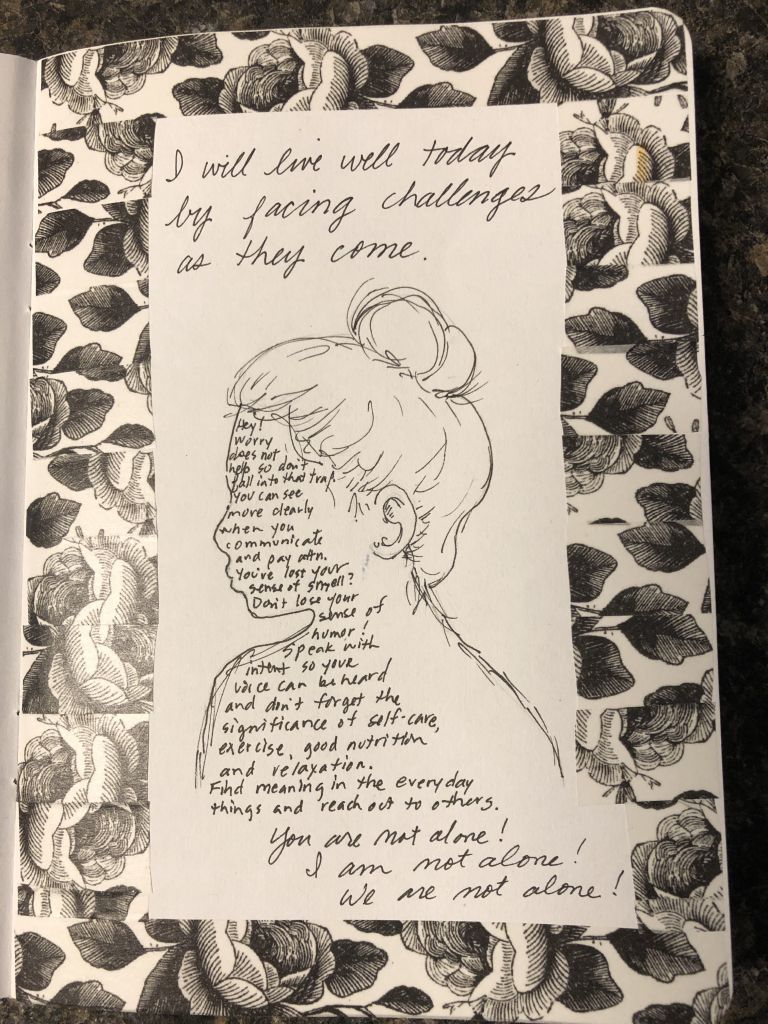
What I find wonderful about keeping a sketchbook is that I find myself relaxing while being “in the moment,” which is in contrast to my mind being pulled into what’s come before or what will happen next.
Mindfulness is like mental yoga; mindful sketching or doodling improves my mental status and focus. Detail work? Piece of cake! The relaxation of connecting pen to paper one stroke at a time helps soothe my hand tremors while I concentrate on the page. Being mindful of the process removes the worry of “am I creative?” and helps me enjoy drawing at just about any time and anywhere.
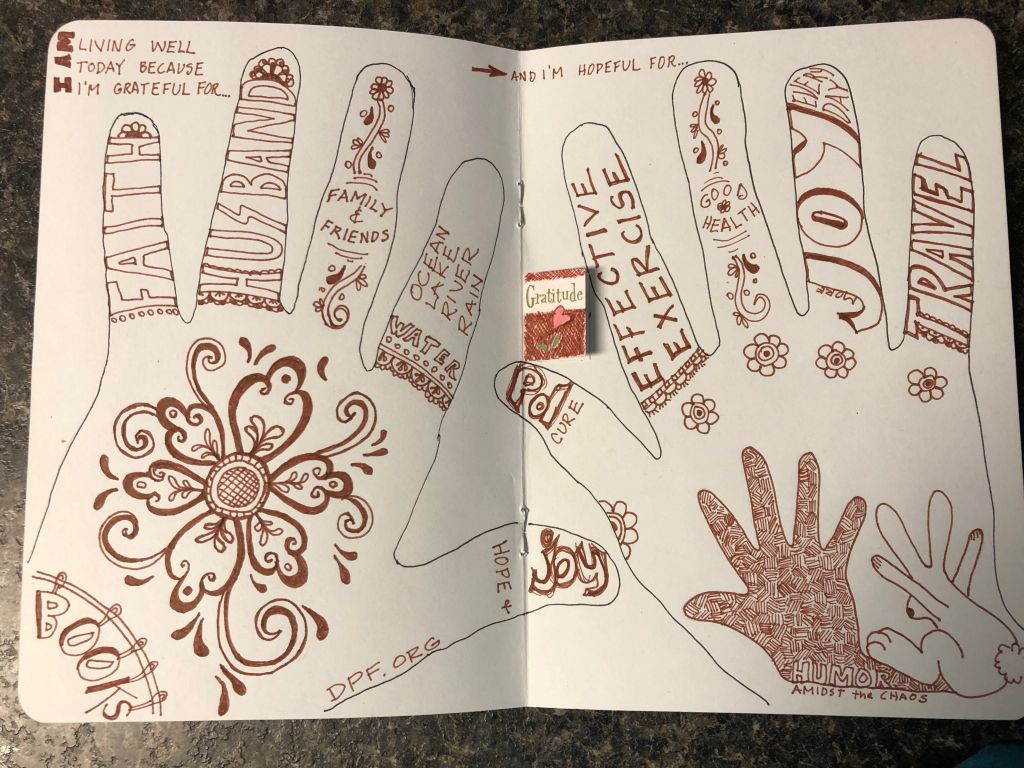
Sketchbooks are quite portable; you don’t need every pencil, pen, marker, eraser and paint set with you all the time. When you find yourself walking more often to a park or around your neighborhood for inspiration or a place to sit down, consider taking your sketchbook along with your favorite pen with you and see what comes up.
I like to work alone much of the time, but periodically I schedule “Sketchbook Sessions” to share ideas, materials and so on. This is when I bring more supplies and enjoy the camaraderie of working on sketchbook pages together. I see how others are viewing their world and find that feedback increases our collective creative confidence. Working together expands my viewpoint and can help jumpstart another page.

Some common ways to fill a sketchbook include choosing a theme, creating a combination journal and sketchbook or drawing your day. If you need to calm your inner “I can’t draw” voice in order to unleash your creativity, turn on some of your favorite music and jumpstart a page with a prompt. There’s a wealth of information online with suggestions to fill pages or you can take a class, buy a book or try art therapy.
Don’t get irritated or fall asleep staring at that blank, white page. Here are some prompts to get you started. Or, search online for more info if these don’t provide enough direction.
- Doodle. Yes, like when you were a teen in that history class that didn’t excite you.
- Use thumbprints/fingerprints and then embellish them into people or critters.
- Zentangle provides a step-by-step structure to create an abstract image – crazy-sounding, but true. Give it a try or look at Zentangle-inspired art options, including Zentangle Dingbatz.
- Collage.
- Express one feeling per page (happy, sad, excited, scared, anticipating, etc.)
- Use stamps (not postage stamps, although you could).
- Create a travelogue.
- Play with color and shape.
- Complete a scribble challenge. Close your eyes (or not) and scribble on the page. Decide how to incorporate that scribble into a drawing.
- Find a drawing challenge list online and follow it.

I find that expressing myself in a variety of ways while drawing helps me better understand my bright and dark feelings and orders my emotions into a helpful perspective. Here are some Parkinson’s-specific prompts:
- Consider your sketchbook as a tool to inform and inspire others about Parkinson’s. Educate your viewer with a page (or pages) of Parkinson’s facts and illustrate as possible (draw, cut and paste, use a photo…).
- Express how it feels to live with Parkinson’s (yours or someone you know) via art, decoupage, poem, story, etc.
- Use the questions that serve as prompts for Your Moments of Victory® to guide you in filling pages.
- Sketch or paint everyday objects and relate them to some facet of Parkinson’s.
- Focus a page on one color and how that color is expressed in relation to Parkinson’s: black=the day of diagnosis or when a person with Parkinson’s moved into a clinical residential setting, orange=determination to finish something like an exercise session or a challenge, green=life, living well today.
Resist the temptation to think you have to be an artist or must fill a page every day. Don’t worry about art lessons, how-to books or online resources unless you just want to check them out.
Remember, this is your sketchbook and no matter how you choose to fill it, you will find the process well worth it.
I find a spiritual element in sketching based, in part, on connecting more with others and with the world around me. These connections, which fuel hope and joy, help me relax and reflect. Putting images, thoughts, celebrations and concerns on pages releases them from my mind in a deliberate way that is truly revitalizing. It also provides a diary, if you will, of how I felt at a certain time on a certain day (I usually date stamp my pages) so that my Parkinson’s progression seems more manageable. I don’t know that I’ll look back months or years later, but a loved one may do so and find comfort in my expressions of who and where I was in my life at that given moment, Parkinson’s and all. Happy sketching!
Suggested Sketchbook Supplies

There’s no right way to do this; however, if you’re not sure how to get started, here are some of the supplies I keep around:
- Sketchbook (consider your preference for size, number of pages, the weight of paper)
- Pens (at least one black ink Pigma Micron, typically size 01)
- Markers (both fine and medium tip sizes if you can; alcohol-based markers like Copic are lovely)
- Watercolors (travel size artist-quality pigment like Watercolor Confections by Prima are super, but there’s nothing wrong with starting with a general watercolor set)
- Paintbrush or water brush
- Pencils (#2 or HB, 2B, colored pencils, watercolor pencils)
- Pencil sharpener
- Erasers (plastic, gum, kneaded)
Additional Ideas and Resources
Jones, S. P. (2017). Drawing for joy: 15-minute daily meditations to cultivate drawing skill and unwind with color. Beverly, MA: Quarto.
Landa, R. (2014, December 3). Draw yourself happy: Drawing, creativity and your brain. Printmag.com. Retrieved June 12, 2019.
SketchBookSkool – Try a free Sketchbook class or pay for classes that intrigue you.
TheSketchBookProject.com – Add your sketchbook to a global art library.
StrathmoreArtistStudio – Join a free online workshop or check their videos on YouTube.
ArtTherapy – Find an art therapist near you.
Want to Get In On the Sketchbook Fun?
If this is the kind of activity you’d love to explore, we’re excited to let you know that we’ll be hosting a creativity and Parkinson’s workshop at our upcoming The Victory Summit® event in Tucson on December 14th. And, Lorraine and our Sidekicks™ program manager, Kayla will be leading the workshop. Registration for that event opens soon. In the meantime, you can learn more about it here.
Want More Practical Articles Like This?
Much more can be found in our latest edition of Davis Phinney Foundation’s Every Victory Counts® manual. It’s packed with up-to-date information about everything Parkinson’s, plus an expanded worksheets and resources section to help you put what you’ve learned into action. Request your copy of the Every Victory Counts manual by clicking the button below.






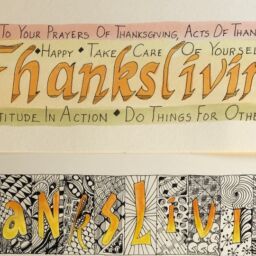
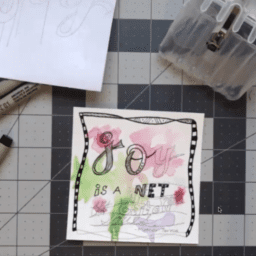
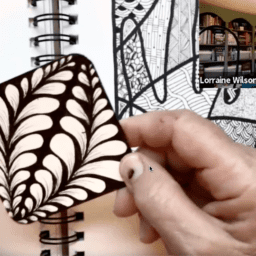





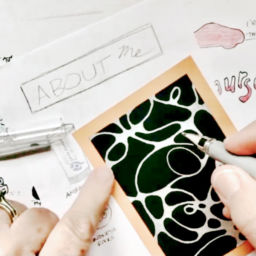



I read and found your blog about using art as a tool to relax, reflect and revitalise very inspiring. Well done. I was diagnosed with Parkinson a year ago.